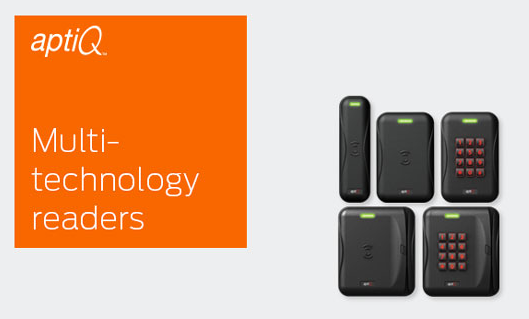 Smart cards offer many advantages over proximity cards
Smart cards offer many advantages over proximity cards
Proximity readers and cards have been on the market for over 25 years. As the first contactless card that can be “read” without inserting or creating contact with a reader, proximity cards advanced credentials forward significantly.
However, proximity cards are not without their limitations. Namely, storage and security. The storage on proximity cards is limited to the card number alone—making it functional for only one purpose. Additionally, proximity technology is highly susceptible to counterfeits and duplication.
Smart card technology solves both issues.
- Storage: There are multiple sectors on a smart card, allowing for storage of several different types of applications, including access control, POS, computer access, data storage and cashless vending. Smart cards can be used for multiple purposes and are 100 times faster than proximity credentials.
- Security: With advanced data encryption, duplication is nearly impossible. As an added level of security, smart technology requires mutual authentication—between the card and reader.
Making the transition
It’s fairly simple to transition to smart cards on existing systems. Allegion’s aptiQ™ Multi-Technology Readers allow companies to move at their own pace because they read both 125 kHz proximity and 13.56 MHz contactless smart cards in a single unit. Even more, Allegion’s aptiQ readers are very easy to install or replace with a quick-connect design that uses standard wiring.
Read more industry insights regarding sorting through credential technology choices by Allegion.

